
Industry experts discuss the challenges and regulations of setting up a CGMP-compliant stability testing program.

Industry experts discuss the challenges and regulations of setting up a CGMP-compliant stability testing program.
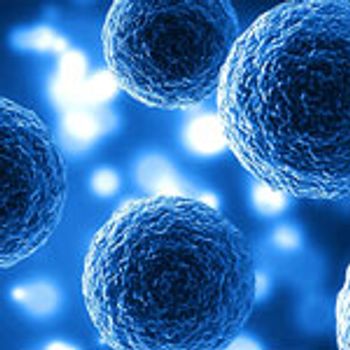
Effective application of mass-spectrometry tools can optimize biosimilar analysis, reducing development time and cost.

GNA Biosolutions has completed its latest round of Series C financing in which it raised US$13.5 million.

The Tridex Protein Analyzer from IDEX offers the ability to directly measure protein titer from a bioreactor in real time.
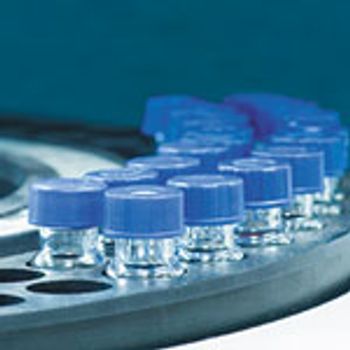
Using advanced HDX-MS and native MS techniques can improve the identification of potentially successful biologic drugs and de-risk CMC and clinical designs.
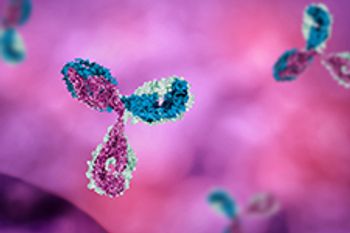
Protein characterization is a critical part of drug development, but as there are still limitations with available techniques, industry needs to look at technological advances to meet the specific requirements of complex molecule characterization.
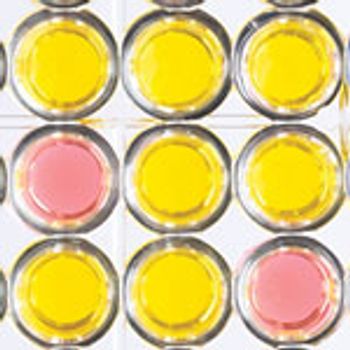
In this study, a novel aldo-keto reductase was cloned and purified, and its important conserved sites were analyzed.
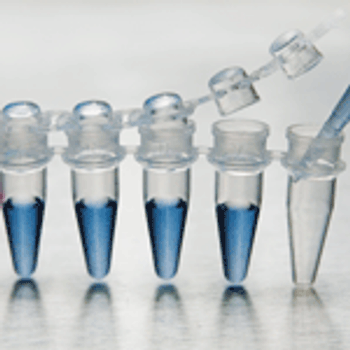
As SUS become prevalent in the biologics industry, the question of safety becomes increasingly important.

Stuart Jones, regulatory quality assurance professional in good laboratory practice (RQAP-GLP) and director of quality assurance at PPD Laboratories’ Bioanalytical Laboratory shared GLP best practices with BioPharm International.
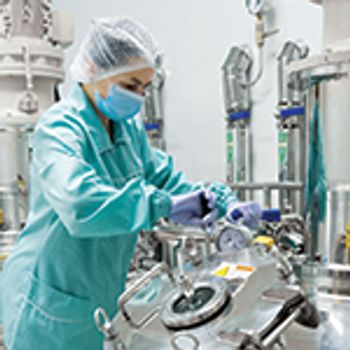
While the multiple attributes method gains ground and traditional lab methods improve, broad efforts are underway to determine biopharmaceuticals’ most significant critical quality attributes and enable real-time release.
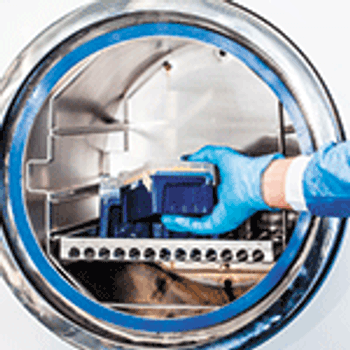
This article takes a look at current practices for cleaning and sterilizing biomanufacturing equipment used in a multi-product versus single-product setting.
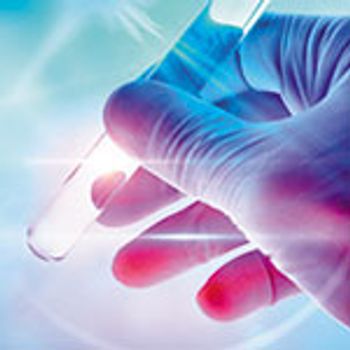
Drug developers must understand the complex bioanalytical assays for cell- and gene-therapy drug development programs and ensure that partners have the specialized expertise needed for complex therapeutic classes.

The companies will join forces on a research project to develop end-to-end workflows for the preparation, characterization, and monitoring of biotherapeutics using liquid chromatography-mass spectrometry.

The Quartic Platform is a new, AI-powered smart manufacturing platform that can be integrated into legacy facilities and manufacturing processes.
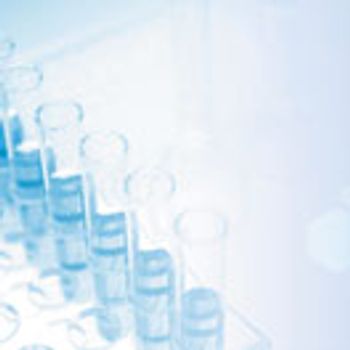
Laboratory test methods evaluate cleaning agents and cleaning process design for removing resin residues from the surfaces of non-dedicated chromatography columns systems.

Close collaboration between academic and industrial groups is vital to ensuring glycosylation models are fit for deployment.

Waters debuted a range of new TA Instruments innovations and the BioAccord System at Pittcon 2019 in Philadelphia, PA, on March 17–21, 2019.

Bruker highlighted new analytical systems for several industry applications, including pharma, materials science, and clinical/preclinical research.

The new automated cloud-based tool allows for the design of targeted single-cell DNA custom panels.
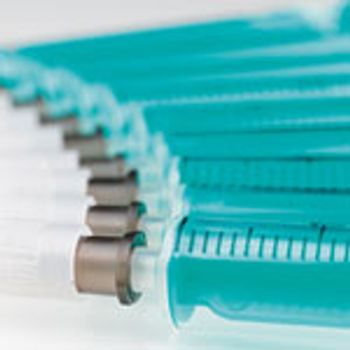
Both empty and filled syringes must pass a range of tests to meet quality standards for biopharmaceutical drugs.
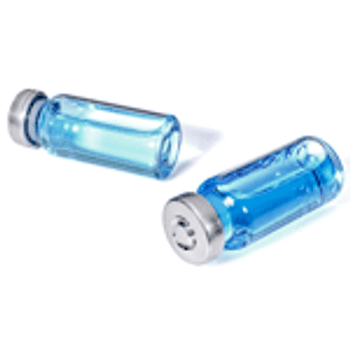
A major advantage of SPR-based analysis is its ability to estimate the association and dissociation rate constants, an advancement over the traditional steady-state analysis of biomolecules.
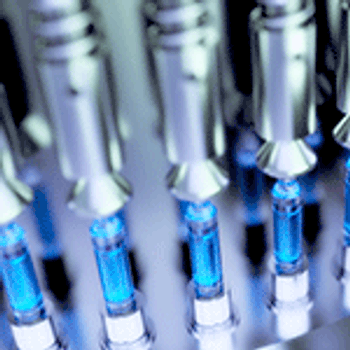
As automation in biomanufacturing becomes more important, so does the need to integrate process data.

Leveraging vast quantities of analytical data requires digitalization and platform integration.
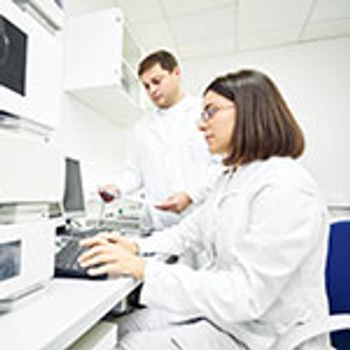
Determining a peptide’s purity is challenging because impurities are often structurally similar to each other and the API and can be present at very low concentrations. New approaches offer a solution.
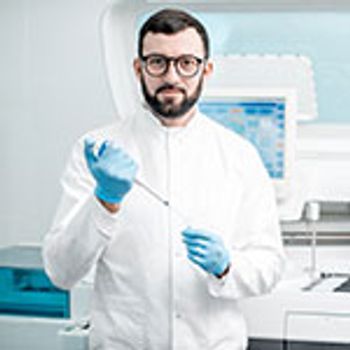
When transferring a method from R&D to QC, success hinges on discovering where “the best” and “the most reliable” intersect.